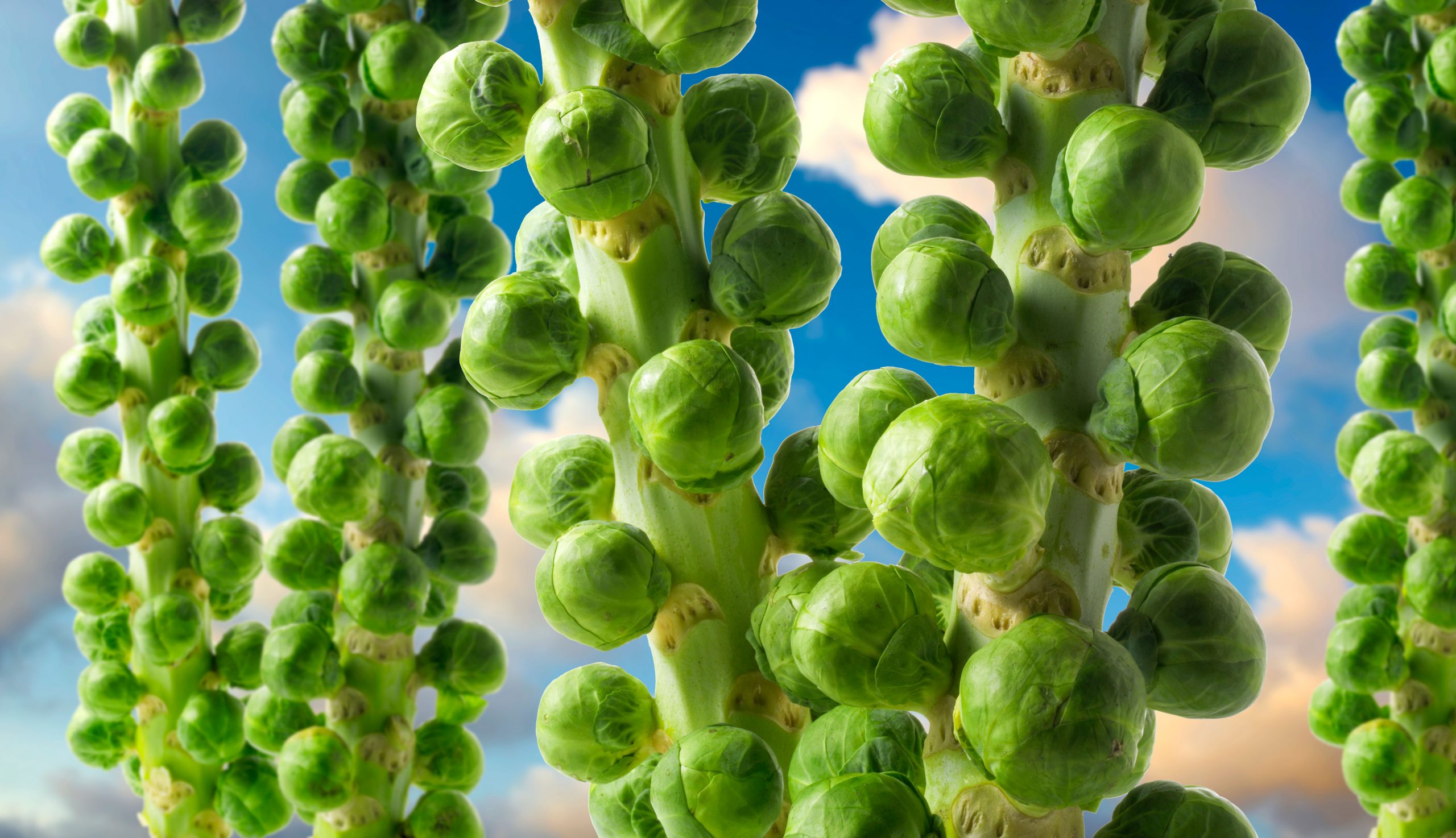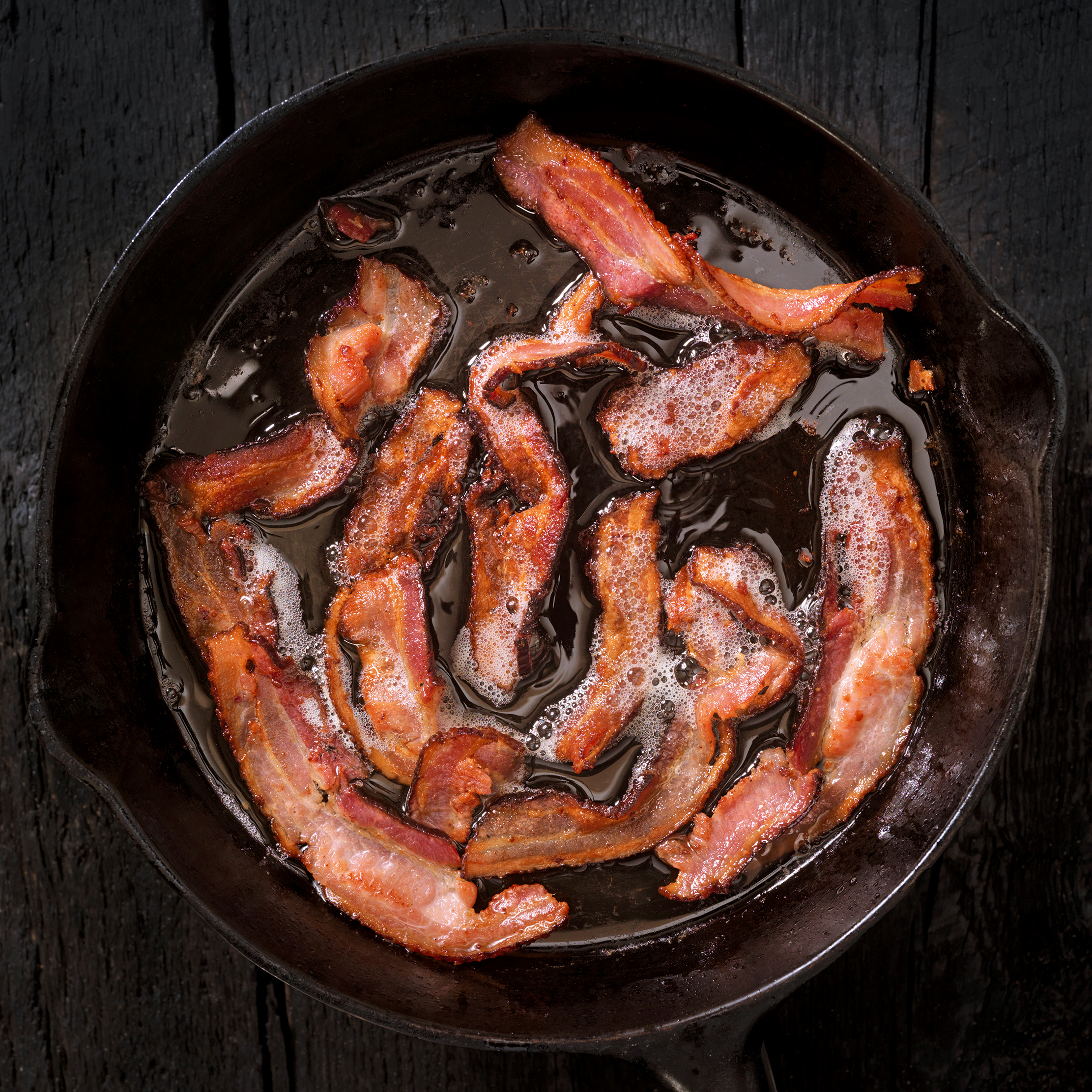Brussels sprouts: Fresh and nutty, sweet and savoury all at once — and a recipe to convert even non-believers
Whoever does the PR for the Brussels sprout deserves a medal, says Debora Robertson, who tries a hearty, delicious recipe.

Has ever a vegetable received such dramatic redemption in the eyes of fashionable foodies as the Brussels sprout?
Once derided for its mushiness and sulphurous odour (that’s the sinigrin, science fans, a chemical compound released by—you guessed it—boiling sprouts into submission, possibly days before you want to eat them), it is now to be found raw, roasted, shredded and lightly steamed on fashionable menus everywhere.
It appears in slaws and stir fries, on tacos and pizzas. In short, these emerald-green bonsai cabbages have regained a place in our hearts and on our plates.
This member of the Brassica oleracea family was first grown in the Mediterranean, probably by the Romans, when they weren’t busy cultivating grapes, olives, apples, cherries, plums, walnuts and all of the many other foods for which we must thank them.
"Somehow, they are both fresh and nutty, sweet and savoury, cheerful and melancholic, light and shade"
Country Life contributor, grower and author of Herb: A Cook’s Companion Mark Diacono says: ‘It’s funny how a word can represent an image when you hear it, how a simple name can create a lasting impression in your mind. Take these examples for instance: ‘Abacus’, ‘Cronus’, ‘Revenge’, ‘Maximus’ and ’Diablo’.
'To me, these could be the names of powerful horses that once pulled Caesar’s chariot through the streets of ancient Rome. In truth, they are varieties of Brussels sprout, which is equally thrilling, don’t you think? That they were cultivated in Rome a few thousand years ago may well be why they have such dramatic names today.’
‘They really might be in my top few vegetables,’ Mr Diacono continues. ‘Somehow, they are both fresh and nutty, sweet and savoury, cheerful and melancholic, light and shade. If push came to shove, I think I like them best roasted, coated in a little olive oil, almost too much nutmeg and a glittering of Aleppo pepper.’
Exquisite houses, the beauty of Nature, and how to get the most from your life, straight to your inbox.
By the 13th century, a variety of sprout was being cultivated around Brussels. These vegetables were grown and eaten there in such abundance that the city gave them the name by which we know them today.
Although sprouts may first have been cultivated in southern Europe, they are more temperamentally suited to a cooler, northern climate and are even sweeter after a frost, as they produce higher levels of natural sugars at lower temperatures.
"Broadening my sprout repertoire is a seasonal pastime I always enjoy"
When you are shopping for Brussels sprouts, buy them on the stem if possible, as they remain fresher that way and, sometimes, you have the benefit of the sprout tops, too, which are equally delicious.
However you buy them, look for small, tight, bright and squeaky sprouts that show no sign of yellowing. There is no need to mark the bottom with a cross—this makes them soggy—and, of course, no requirement to boil them for ages. You can even eat them raw, finely shredded and lightly dressed.
‘Broadening my sprout repertoire is a seasonal pastime I always enjoy,’ enthuses Gill Meller, chef, River Cottage alumnus and author of Root, Stem, Leaf, Flower (Quadrille, £27).
‘One of the most fantastic ways to eat them is raw. This is when they are at their sweetest. I like them shredded with sliced apple, lemon juice, olive oil and tarragon. Alternatively, if I’m in an Asian kind of mood, I like raw sprouts sliced and scattered with toasted sesame seeds, chilli, a whisper of garlic and ginger, then generously trickled with soy and honey and finally spritzed with fresh lime.’
Not a whiff of the school canteen or soggy-sprouted Christmases of yore… in fact, no sulphurous whiff at all. The sprout is redeemed, revitalised and ready for its close up.
Now go forth and serve this as a side dish to go with roast meats — or even as a light lunch on its own
Recipe: Brussels sprouts with bacon and black lentils
Serves 4–6, as a side
Ingredients
- 600g small Brussels sprouts, trimmed and halved, with any rough leaves removed
- 3tbspn olive oil
- 2 bay leaves
- 100g unsmoked bacon cut into 1cm pieces or lardons
- 2 shallots, finely chopped
- 2 garlic cloves, minced
- 250g pack of pre-cooked Beluga lentils or Puy lentils (or cook dried ones in advance)
- 1 small, unwaxed lemon
- 30g fresh parsley, roughly chopped with tough stalks removed
- Salt and freshly ground black pepper
Method
- Preheat the oven to 220˚C/425˚F/gas mark 7. Pour 2tbspn of the olive oil into a large roasting tin with the Brussels sprouts, bay leaves and salt and pepper, then turn it all over so everything is well coated.
- Roast for 20–25 minutes, depending on their size, turning over once during cooking. You want a little char on the leaves, for flavour, so hold your nerve and keep roasting until they are a little blackened. Discard the bay leaves.
- While the Brussels sprouts are cooking, warm the remaining 1tbspn of oil in a frying pan over a medium-high heat and sauté the bacon or lardons until crisp, for about five minutes.
- Lower the heat and sauté the shallots until soft, for about five minutes, then add the garlic and lentils, breaking up the lentils and adding a small splash of water if necessary. Grate on the zest of the lemon, being careful not to add any of the bitter white pith, then pour on the juice.
- Add the parsley and the roasted sprouts and stir well. Check to see if it needs more salt and pepper, then serve hot or warm.

Credit: Lauri Patterson / Getty
Britain's best bacon: Tom Parker Bowles picks the nation's best producers
Last week, Tom Parker Bowles waxed lyrical about the joys of bacon, and the perfect bacon sandwich. But where to